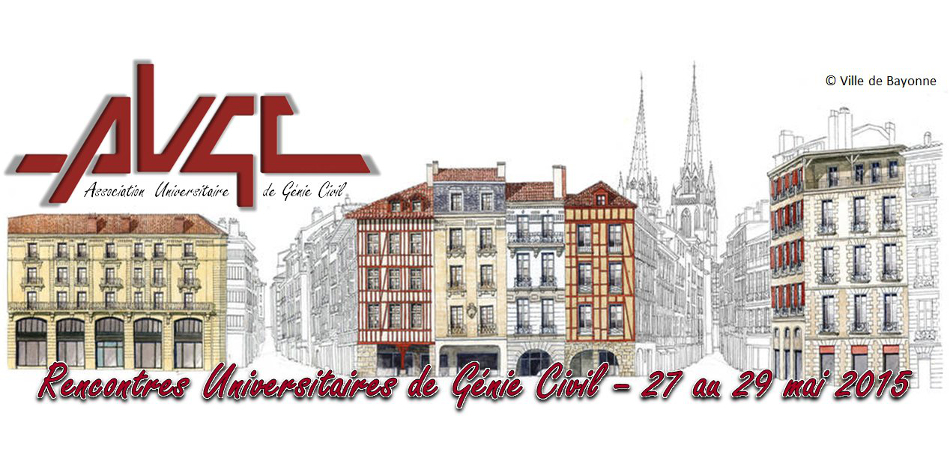The segregation is a separation between components of concrete or fresh mortar, which can be caused by an insufficient malaxation or an excessive vibration or a more fluidity. Literature reports many tests to characterize concrete's maniability, slump-test, maniabilimeter LCPC, cylinder's tests, column's tests, ball's tests, pallet's tests, are some examples. It also exists some tests of hardened concrete or at beginning of hardening. These are generally based on the percentage of the coarse aggregates between the top and the bottom of the samples.
This work objective is to study the mechanisms of concrete's segregation, to analyze the correlations between the various indices of segregation and theirs correlations with ultrasonic pulse velocities. The segregation characteri- zation of fresh concrete was carried out by the sieve test and that of the hardened concrete by a counting tech- nique of coarse aggregates on prismatic samples 10x10x50 cm3.
Ultrasonic velocities were carried out on the same samples for seventeen concretes compositions to determine an ultrasonic velocity ratio through the sample's top part on that of the bottom part. The six concretes that do not present segregation (sieve stability lower than 15 % and segregation resistance by counting higher than 95 %) have an ultrasonic segregation factor approaching 100%. Thus, this ultrasonic method can be a fast alternative to characterize fresh concrete segregation.



